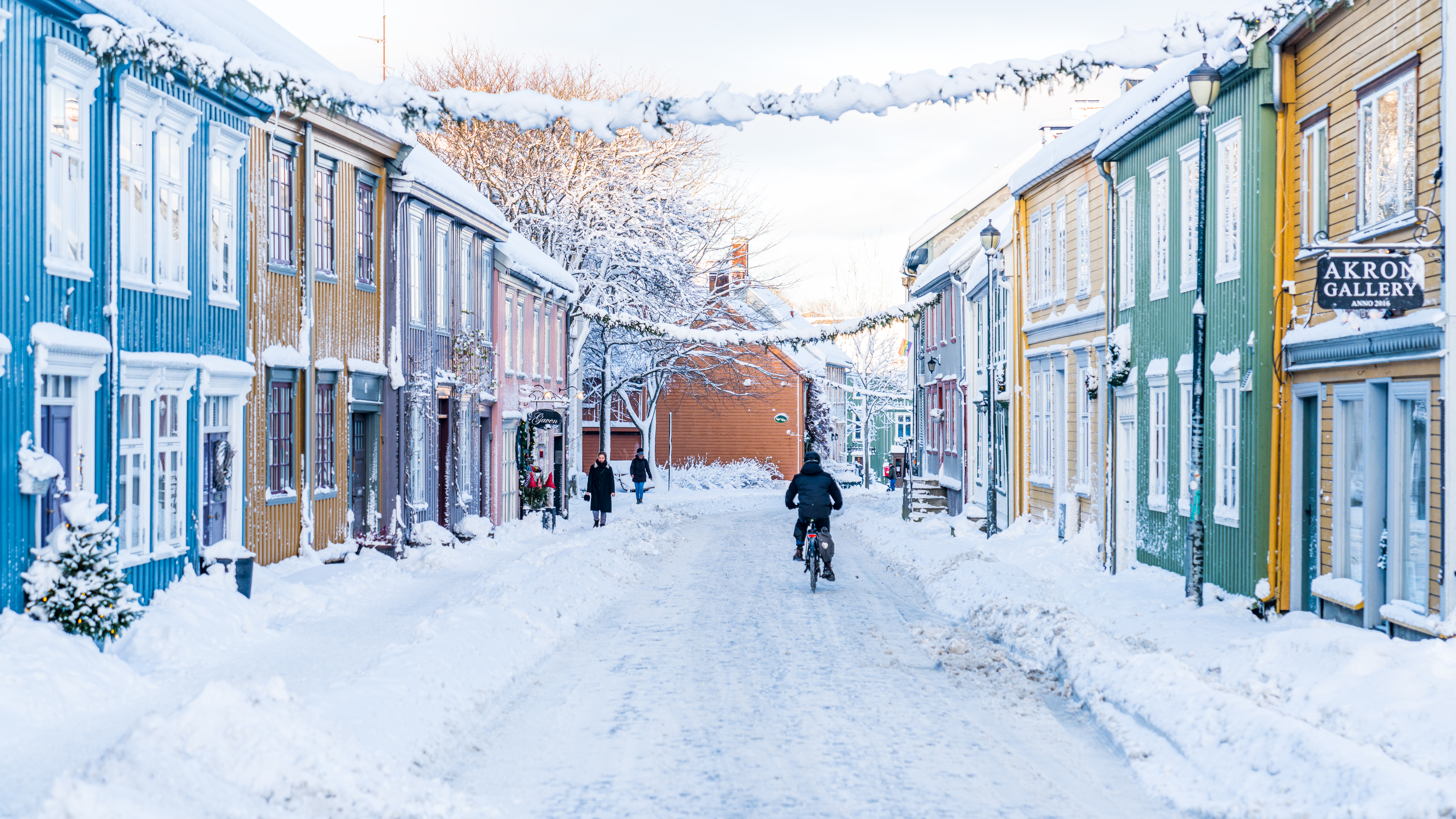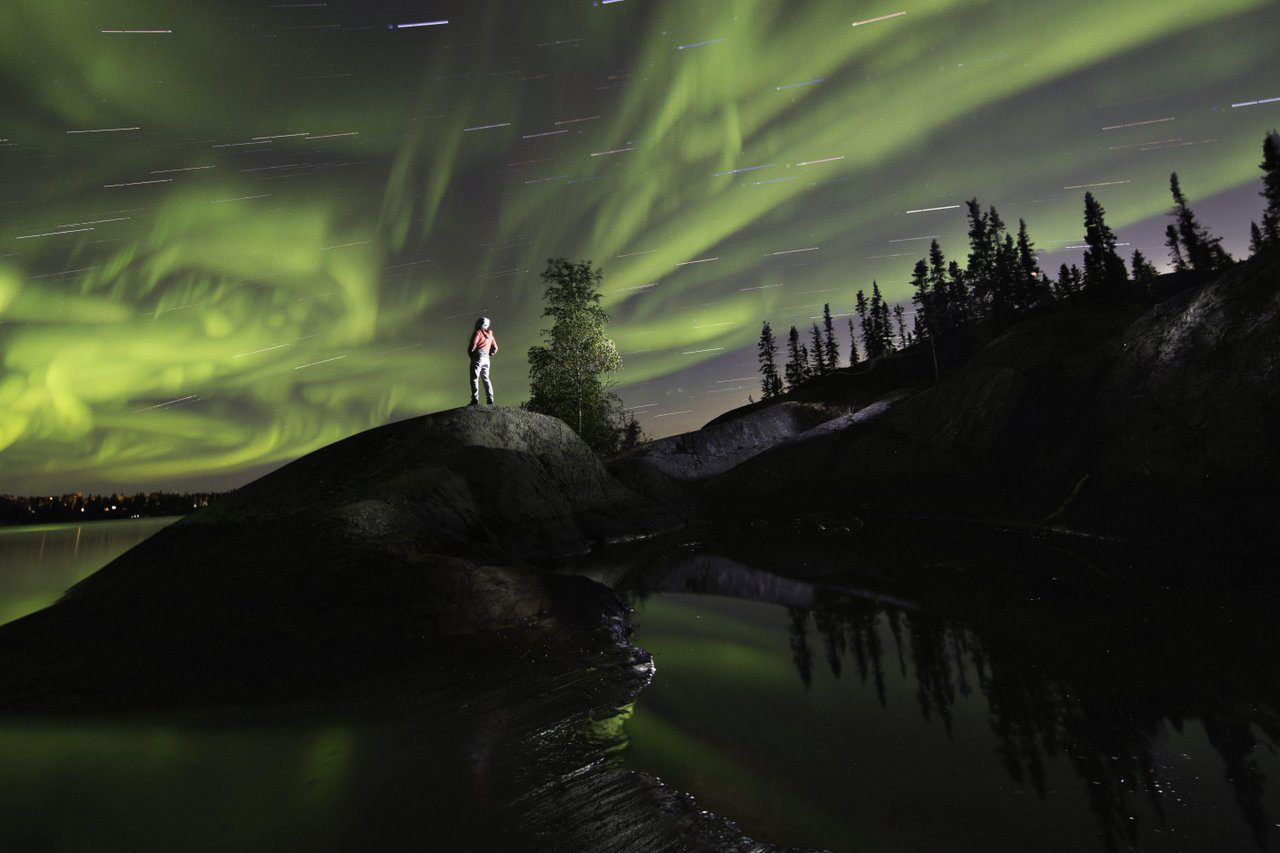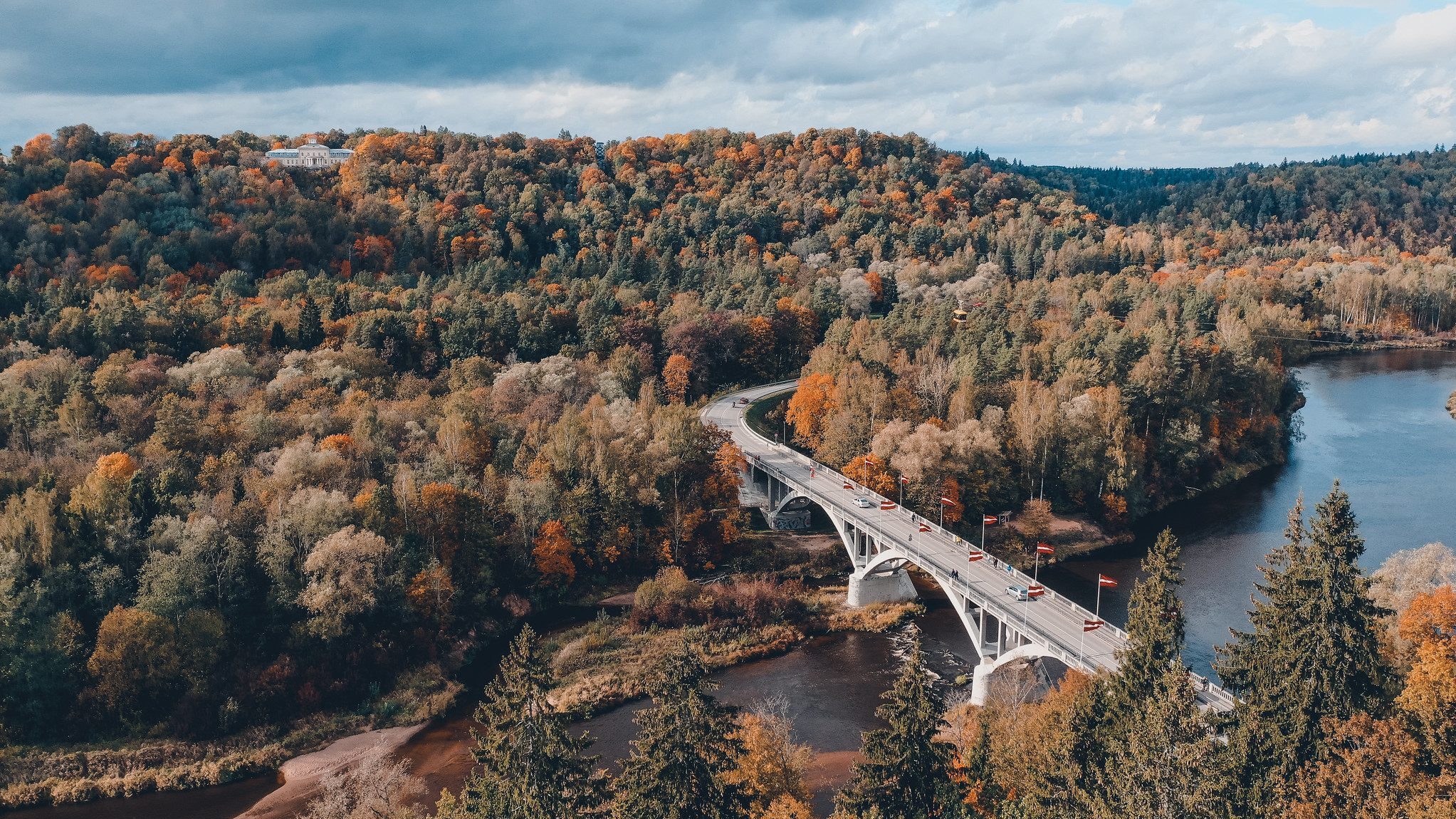Dark Sky Destinations in Scandinavia : Stargazing Guide
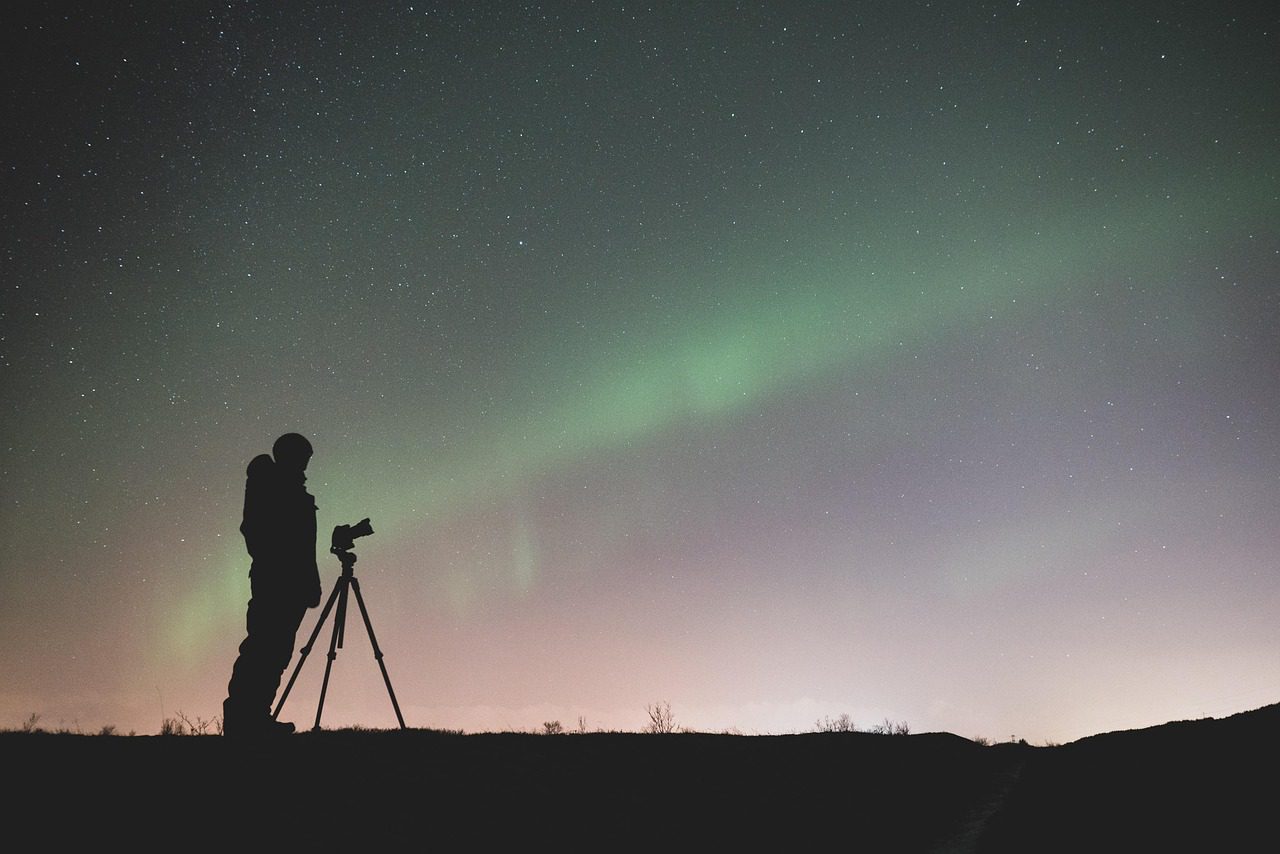
Scandinavia offers some of the darkest skies in Europe, perfect for seeing a sky full of stars in all their glory. Away from city lights, you can spot countless stars, the Northern Lights, and sometimes even the Milky Way.
In this guide, we’ll cover the best destinations to see the stars in Scandinavia. Starting in Norway’s national parks, we will travel to Denmark’s quiet coastal villages, Iceland’s remote coastlines, and Sweden’s northern wilderness. If you are a keen star gazer, budding night photographer, or simply love a clear night under the cosmos, these destinations deliver unforgettable experiences.
What Makes a Perfect Dark Sky Destination
Not every place is good for stargazing. To see the stars clearly, you need a location with minimal light pollution, clear skies, and open horizons. Away from cities and built up areas, remote areas, national parks, and quiet coastal regions often offer the best conditions.
Scandinavia is ideal because much of the region is sparsely populated. Norway’s mountains, Sweden’s northern wilderness, Denmark’s small islands, and Iceland’s coasts all provide dark sky escapes far from city lights. These are the kind of dark sky destinations where you can truly appreciate the night sky.
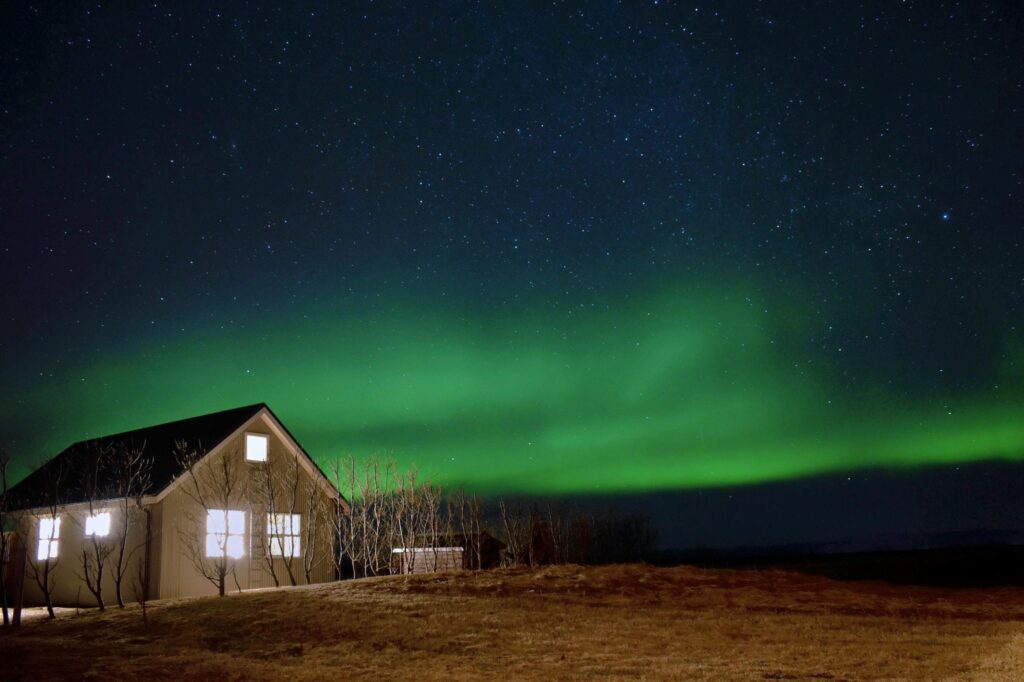
Timing also matters. Winter and early spring bring longer nights and crisp, clear skies. But even in summer, remote locations can give you a view of the stars and the Milky Way.
Norway: Rondane National Park
Rondane National Park is one of Norway’s most accessible dark sky destinations. High mountains and open valleys provide wide, unobstructed views of the night sky, far from city lights.
Getting to Rondane is straightforward. The nearest major town is Otta, which is well connected by train from Oslo, the journey takes about four hours. From Otta, local buses and car rentals can take you directly to the park’s entrances. Many travellers choose to drive, as it allows the flexibility to explore multiple viewpoints and lodges in the surrounding area.
The park is quiet, with minimal light pollution, making it ideal for stargazing and night photography. Hiking trails offer scenic viewpoints that double as perfect spots to stop and watch the stars. For overnight stays, there are mountain lodges, cabins, and small guesthouses that allow visitors to step outside and enjoy the night sky right from their doorstep. Rondane is not only about the stars, its dramatic landscapes make it perfect for hiking enthusiasts too, a memorable experience both day and night.
Denmark: Møn and Nyord
Møn and Nyord are two of Denmark’s best dark sky destinations. These small islands offer quiet, open landscapes with very little artificial light, making them ideal for stargazing. Coastal cliffs, wide fields, and quaint villages create clear views of the night sky, perfect for spotting stars.
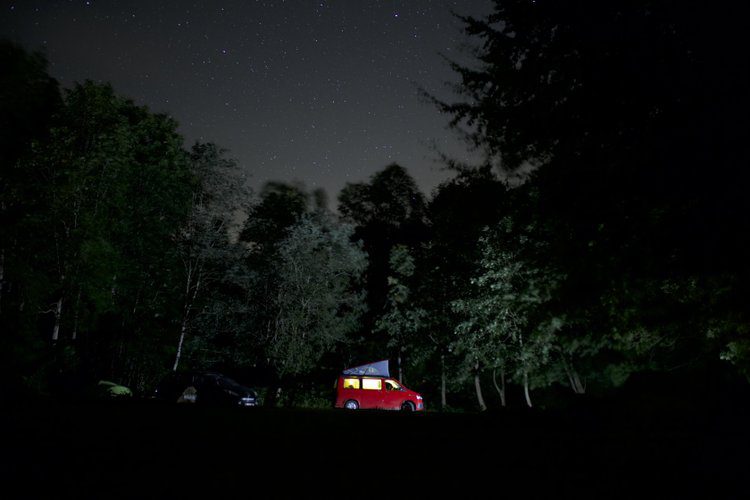
Getting there is straightforward. From Copenhagen, it’s about a two-hour drive to Møn. Public transport is available via train to Vordingborg and a short bus ride, but driving gives you more flexibility to explore the islands at night. Nyord is just a short drive or hours cycle ride from Møn and is one of Denmark’s most peaceful spots, with extremely low light pollution.
Both islands have small guesthouses, holiday homes, and bed-and-breakfasts where you can stay right in the heart of these dark sky escapes. Evening walks along the coast or through the quiet villages give uninterrupted views of the stars, making Møn and Nyord perfect destinations for anyone looking to experience Denmark’s night skies.
Iceland: South Coast and Snæfellsnes Peninsula
Iceland is famous for its dramatic landscapes and clear, dark skies, making it a top dark sky destination. Two areas stand out for stargazing: the South Coast and the Snæfellsnes Peninsula.
South Coast
The South Coast is home to remote villages and wide coastal plains, providing unobstructed views of the night sky. Hotel Ranga near Hvolsvollur is a popular base for travellers, offering accommodations with minimal light pollution and easy access to stargazing locations.
At Hotel Ranga you can make the most of your very own Observatory, 150 metres from the hotel. On a clear night, guests will be guided by a local astronomer, explaining constellations, galaxies and distant planets. Getting around is easiest by car, with the main ring road connecting Reykjavík to Vik and Hvolsvollur in around 2.5–3 hours.
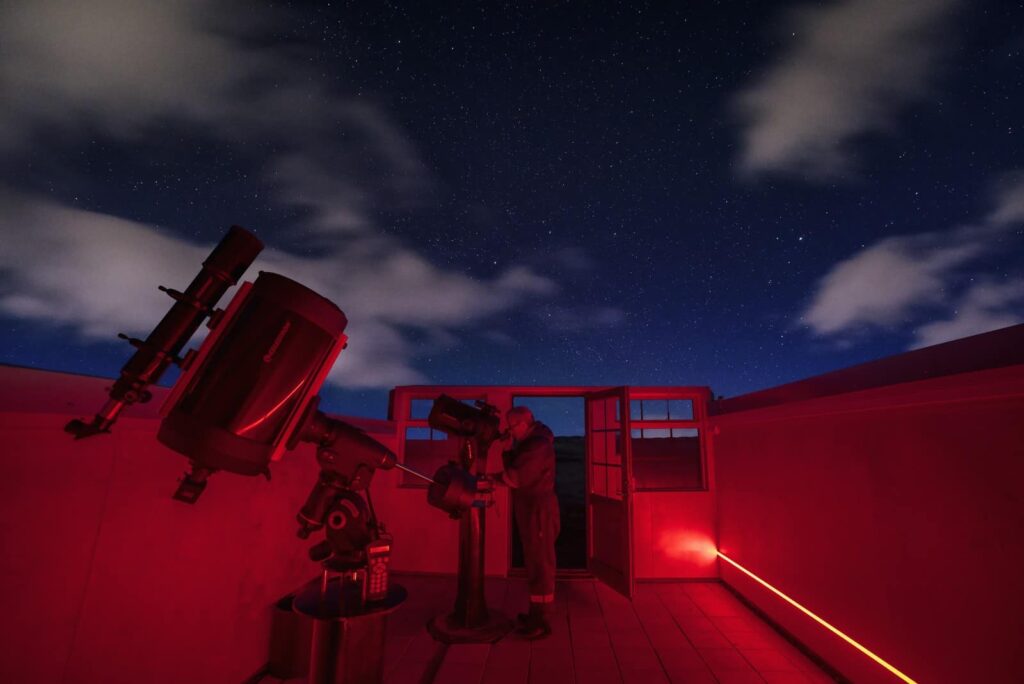
Snæfellsnes Peninsula
The Snæfellsnes Peninsula, often called “Iceland in miniature”, combines mountains, lava fields, and coastline, making it a stunning backdrop for stargazing. Towns like Grundarfjörður and Ólafsvík are small and quiet, providing near-perfect dark skies. Driving is the most practical way to explore the peninsula, as it allows you to reach remote locations far from artificial lights. Evening walks along beaches or cliffs give uninterrupted views of the stars.
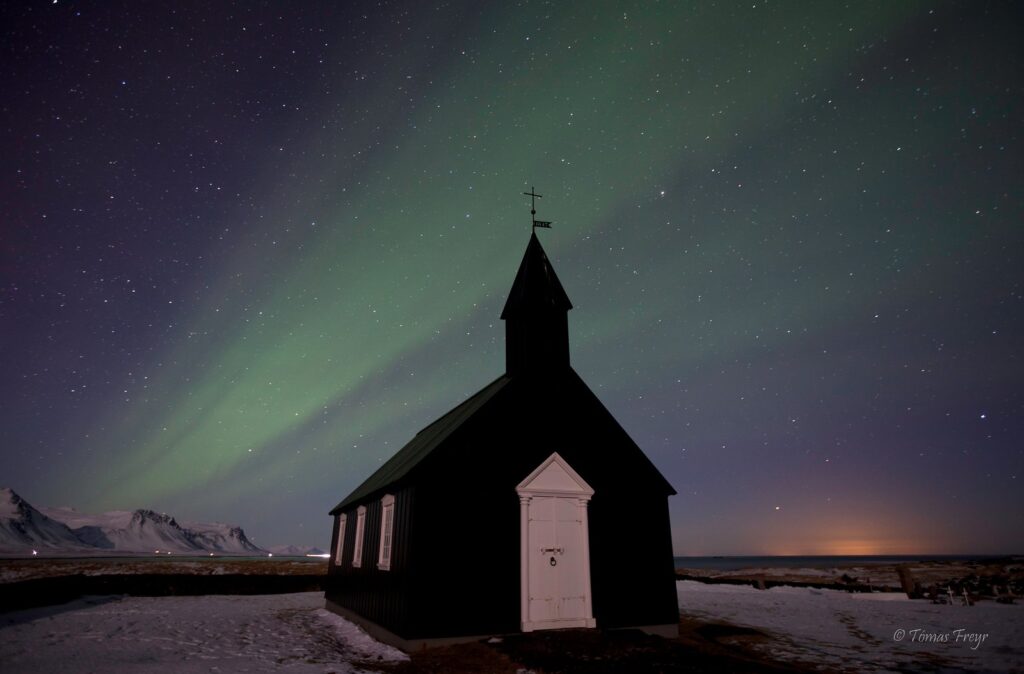
Both areas offer accommodations that make stepping outside under a dark sky easy, whether you’re an amateur astronomer, a photographer, or just looking for a memorable night under the stars.
Sweden: Abisko National Park
Abisko National Park, in northern Sweden, is one of Europe’s premier dark sky destinations. It is a remote location above the Arctic Circle and consistently clear skies make it ideal for stargazing. On crisp nights, the stars are incredibly bright, and the Milky Way stretches overhead. Abisko is also famous for its Aurora Sky Station, famous for Northern Lights sightings with a chair lift to reach even higher heights. Even without the Northern Lights, the park offers spectacular views of the night sky.
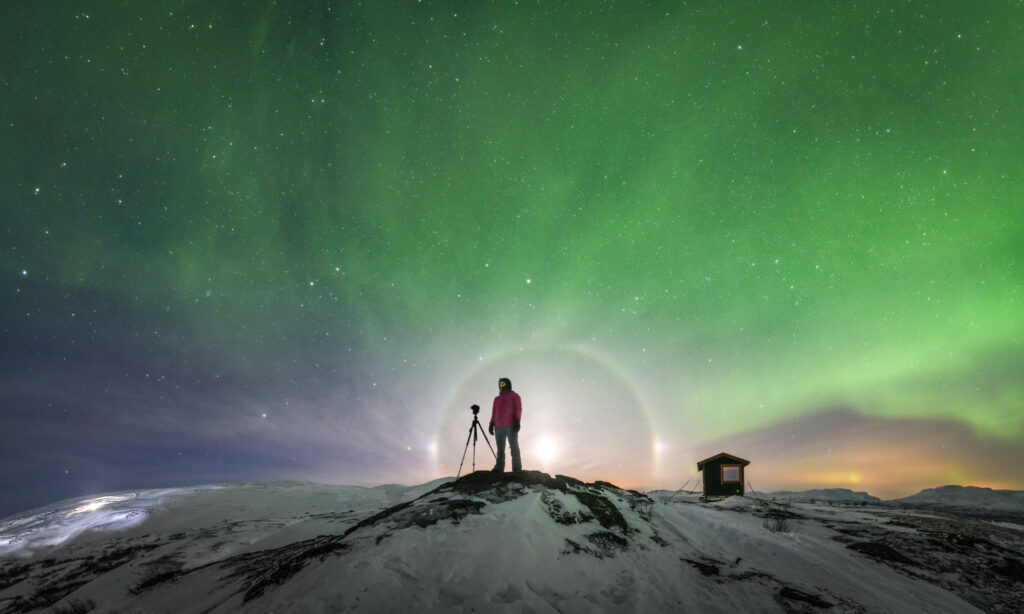
Getting there is straightforward. The nearest town is Kiruna, which is accessible by plane from Stockholm or by train from other parts of Sweden. From Kiruna, a short bus or car ride brings you into the heart of the park. Many visitors stay in Abisko Village, where lodges and cabins allow you to step outside directly into the dark skies.
The park’s open landscapes, snow-covered mountains in winter, and minimal light pollution make it a dream destination for photographers, amateur astronomers, and travellers seeking a true night sky experience. Trails, chairlifts, and easy viewpoints ensure that everyone can enjoy the stars, regardless of experience.
Tips for an Unforgettable Stargazing Trip in Scandinavia
To make the most of your night sky adventure, a little preparation goes a long way. Choose dark sky destinations away from towns and cities for the clearest views. Check the weather and aim for nights with minimal cloud cover, winter and early spring offer longer nights, but summer can still provide excellent stargazing in remote areas.
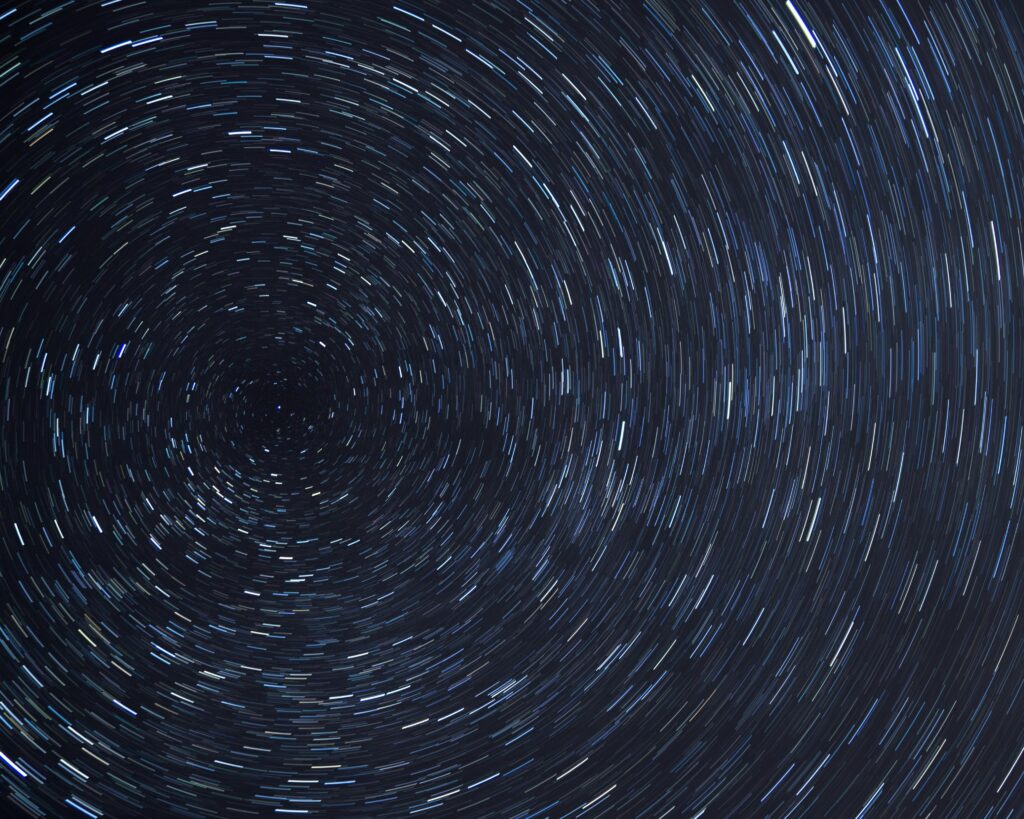
Bring warm clothing, sturdy footwear, and, if you’re photographing the sky, a tripod and camera with manual settings. Mobile apps for astronomy can help you identify constellations, planets, and the Milky Way. Driving is often the easiest way to explore light pollution free places, especially in Norway, Iceland, and Sweden, where public transport can be limited in remote areas. Our team will be able to advise on the best method of transport for your time of year.
Finally, remember that the joy of stargazing is as much about the experience as it is about the sights. Quiet moments under a clear sky, far from artificial light, create memories that last long after the trip ends.
What next?
Ready to find your Dark Sky Destination? If you are feeling the pull of Norway, check out our Family Hiking Adventure in Rondane. If you want to make the most of Ranga’s own Observatory, take a look out our Iceland Super Jeep Adventure. And if the Aurora Sky Station has got you thinking, take a look at this Abisko Mountain adventure.
As well as all of this, our team are able to tailor make your own Stargazing adventure. Contact us to find out more!

